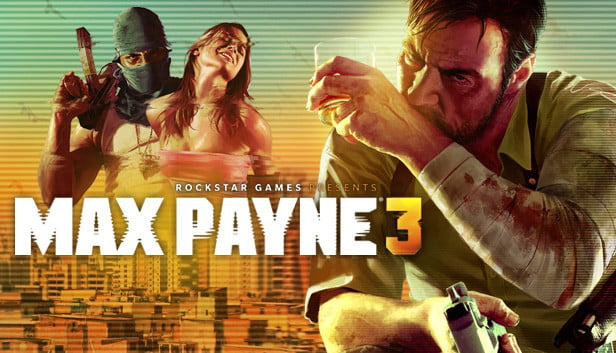
When we talk about video games that leave a lasting impression, Max Payne 3 is one of those rare titles that effortlessly etches itself into memory. It’s not just a game—it’s a cinematic, emotional, and adrenaline-fueled journey that dives deep into the darkest corners of the human psyche. Released on May 15, 2012, by the legendary Rockstar Games, the creators of Grand Theft Auto and Red Dead Redemption, Max Payne 3 took a bold leap away from the noir-heavy streets of New York into the chaotic and vibrant landscape of São Paulo, Brazil. Yet somehow, it stayed true to everything that made the series iconic.
Unlike many protagonists in modern shooters, Max Payne isn’t a clean-cut hero. He’s a man utterly shattered by trauma, addiction, and a constant spiral of violence. He doesn’t seek redemption—he stumbles into it while trying to outrun his past. And that’s exactly what makes his story so compelling. You don’t just play as Max—you live through his self-destruction, desperation, and dogged pursuit of something resembling justice. It’s like watching a hard-boiled detective novel unfold with a controller in your hand, complete with blood-soaked pages.
But let’s be real—it’s not all doom and gloom. The gameplay is a masterclass in third-person shooting, combining slick gunplay with the iconic bullet-time mechanic that has been the series’ calling card since day one. The controls are sharp, the animations are stunning, and every moment of combat feels like you’re directing your own action movie.
What’s even more impressive is how well Max Payne 3 holds up today. Over a decade later, this game still delivers an experience that many modern titles struggle to replicate. The atmosphere, the story, the tech—it all comes together in a way that feels fresh even in 2025.
So if you’ve never played Max Payne 3—or if it’s been sitting in your backlog for years—this is your sign. This is the game that deserves your time, attention, and admiration. And by the time you finish reading this, you’ll understand exactly why Max’s story is one every gamer should experience at least once.
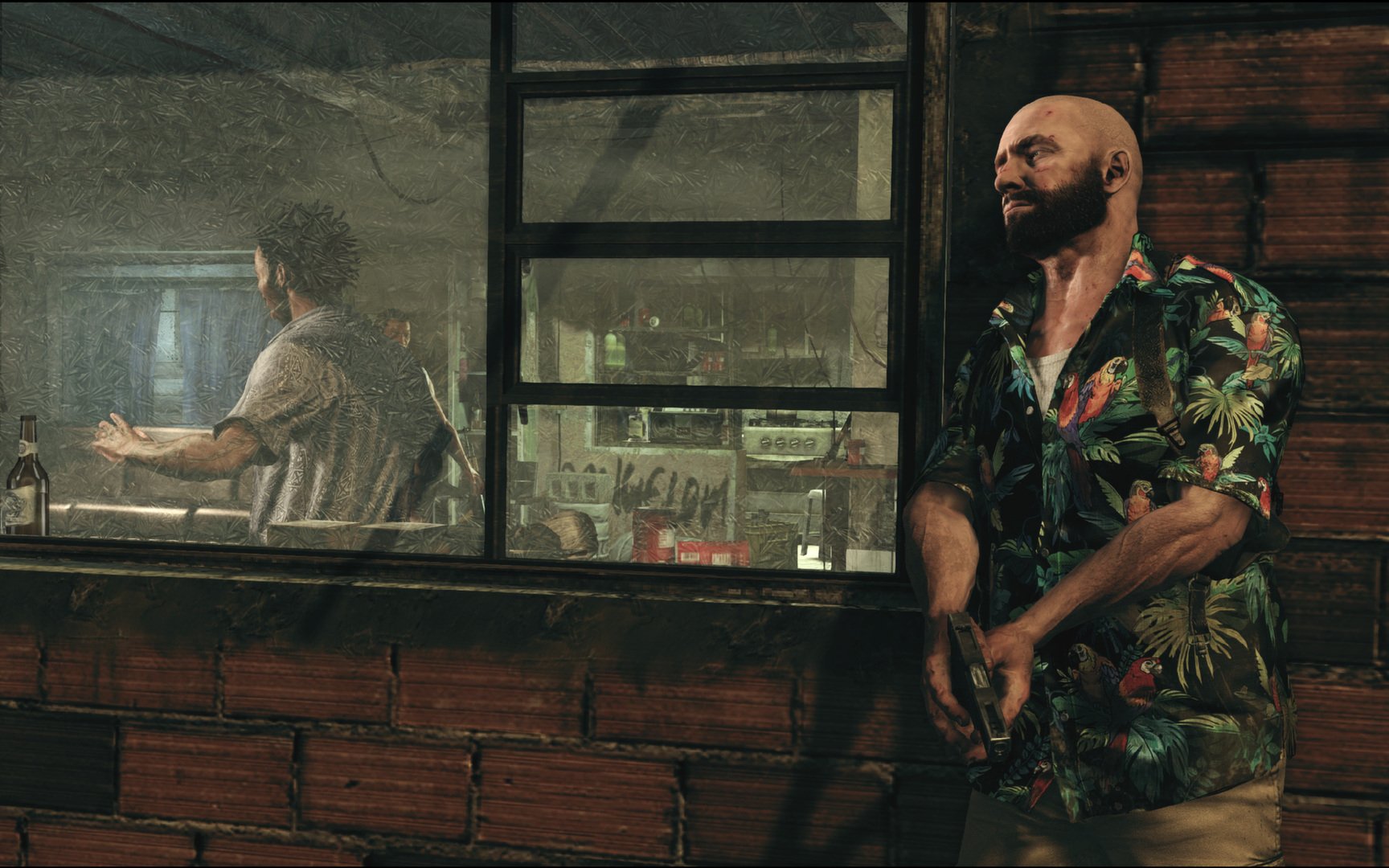
The Dark and Twisted Tale Behind Max Payne 3’s Storyline
At the core of Max Payne 3 lies a story that’s not just about guns, gangsters, or glossy set pieces—it’s about grief, guilt, and the relentless weight of a past that refuses to die. Unlike many shooters that treat their storylines as background noise, this game puts narrative front and center. It asks big questions: What happens when a man loses everything? What’s left when the pain becomes a part of who you are?
When we meet Max in this third chapter, he’s no longer the grizzled NYPD detective trying to keep his composure. He’s a shadow of himself—washed up, bitter, numbed by painkillers and cheap whiskey. After years of living in emotional freefall, Max escapes the snow-covered streets of New York and ends up in the sun-drenched chaos of São Paulo, Brazil, taking a gig as a private security contractor for a wealthy real estate tycoon, Rodrigo Branco.
At first, the job seems simple: protect the Brancos, attend some high-society events, and stay out of trouble. But this is Max Payne—trouble finds him like a magnet pulling bullets. What begins as a high-class babysitting assignment quickly descends into a blood-soaked odyssey through São Paulo’s underworld. When Rodrigo’s wife Fabiana is kidnapped during a night out, Max is thrust into a complex web of corruption, drug cartels, human trafficking, and betrayal at every turn.
One of the game’s narrative strengths is its use of nonlinear storytelling. You’re not just watching events unfold in Brazil—you’re also dragged back into Max’s memories of New York through jarring, often surreal flashbacks. These sequences are more than filler—they slowly piece together the psychological puzzle that is Max Payne. You start to understand not just what he’s done, but why he’s in this downward spiral. Regret and self-loathing drip from his every word, brilliantly delivered through James McCaffrey’s voice acting, which perfectly captures the torment simmering beneath Max’s rough exterior.
The game’s cutscenes deserve special mention. Instead of typical cinematic transitions, Max Payne 3 uses stylized, comic-inspired panels with flashing words, fractured images, and disorienting visual effects. It’s like watching a broken mind trying to make sense of a world that’s just as shattered. These sequences do more than just move the story forward—they immerse you in Max’s unstable psyche. You don’t just observe his suffering—you feel it.
And let’s not forget the backdrop itself. São Paulo isn’t just a new location—it’s practically a character in the story. The contrast between the glitzy high-rises and the poverty-stricken favelas paints a city teetering on the edge, echoing Max’s internal collapse. The environment is dripping with tension: corrupt cops, heavily armed gangs, and private militias all gunning for control while the rich turn a blind eye. It’s a brutal world, and Max is no white knight—he’s just another lost soul trying to survive.
What elevates the narrative even further is how it subverts the typical revenge story. Max isn’t out for vengeance in the traditional sense. He’s not trying to be a hero or save the day. In fact, he often questions why he’s even doing what he’s doing. He’s a man chasing ghosts, clinging to the hope that violence might somehow redeem him. But redemption isn’t on the menu—just more pain, more blood, and the faintest flicker of meaning in the madness.
By the end, Max Payne 3 leaves you with a feeling that’s rare in action games: a mix of exhaustion, empathy, and tragic understanding. You’ve walked through fire with a man who had nothing left to lose and somehow still found a reason to keep going. It’s haunting, it’s heavy, and it’s unforgettable.
This isn’t just a story. It’s a slow, brutal fall from grace, told through the eyes of a man who’s already hit the bottom and kept digging. And that’s what makes it so compelling. It’s not about the destination—it’s about enduring the pain of the journey.
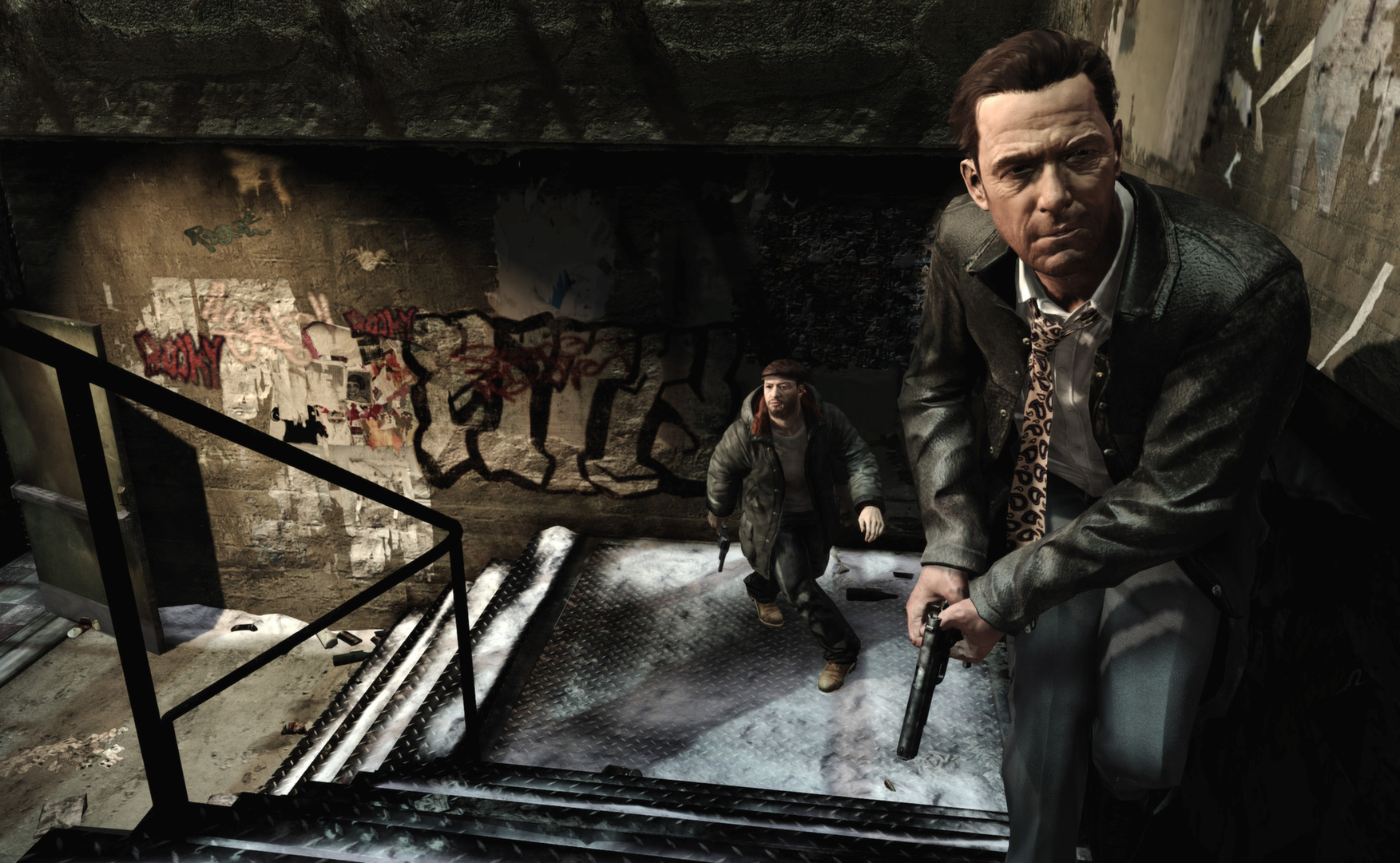
Genre-Bending Action: What Makes Max Payne 3’s Gameplay So Iconic
If Max Payne 3 has a soul beyond its story, it lives in the gameplay—relentless, stylish, and utterly unique. Rockstar didn’t just aim to deliver satisfying gunplay; they wanted every fight to feel like an intense, cinematic shootout pulled straight from a hard-boiled action film. And in that mission, they nailed it.
Let’s start with the obvious: bullet time. This feature wasn’t new to the franchise—it was practically invented by the original Max Payne back in 2001. But in Max Payne 3, it evolved into something transcendent. Activating bullet time slows the world down to a crawl, allowing Max to dive, roll, and gun down enemies with pinpoint precision as bullets whiz by in gorgeous, slow-motion trails. It’s a mechanic that’s been imitated endlessly, but rarely—if ever—matched.
What sets bullet time apart in this game is how naturally it integrates into every encounter. You don’t just use it for flashy moments—it becomes your lifeline. Every fight feels like a brutal ballet, where timing, positioning, and reflexes matter just as much as aim. Whether you’re leaping through a broken window, diving over cover, or spinning mid-air with dual pistols blazing, you choreograph the chaos.
But Max Payne 3 isn’t just about slow-mo heroics. Rockstar completely overhauled the core third-person shooter mechanics to bring Max into the modern era. The gunplay is tight, weighty, and incredibly responsive. Every weapon feels different—snub-nose revolvers have a vicious kick, shotguns blow enemies off their feet, and assault rifles shred through cover with satisfying feedback. The impact of every bullet is visceral, enhanced by the game’s dynamic physics and animation systems.
One of the game’s most underappreciated innovations is its real-time animation system, powered by Rockstar’s RAGE engine and Euphoria physics. Max doesn’t just snap between animations; he flows through them. Dive into a wall too close, and you’ll slam into it and crumple awkwardly to the ground. Leap backward without enough space, and you’ll tumble instead of somersaulting gracefully. These imperfections don’t feel like bugs—they add authenticity, reminding you that Max isn’t a superhero—he’s a broken man running on instinct and desperation.
The cover system adds another tactical layer, blending seamlessly into the fluid combat. Max can take cover behind objects to reload, plan his next move, or heal. But staying in one place too long is a death sentence—enemies are aggressive and smart, flanking, suppressing, and forcing you out of your comfort zone. Unlike other shooters where enemies simply pop out of cover like cardboard targets, Max Payne 3’s foes adapt and respond dynamically, keeping you constantly on edge.
And speaking of enemies, the AI deserves serious praise. They aren’t just bullet sponges—they feel human. They react to your actions, shout commands to each other, and visibly panic when they’re outnumbered or under heavy fire. Some will charge, others will fall back and regroup. This unpredictability makes every gunfight feel fresh and dangerous.
What truly makes the gameplay iconic, though, is the cinematic presentation. Rockstar didn’t just build action sequences—they directed them. Environments fall apart during battles—glass shatters, walls crumble, and explosions send debris flying in all directions. Every shootout is staged like a set piece, complete with dynamic camera angles and seamless transitions between gameplay and cutscene. You’re not just playing through the story—you’re living inside an interactive film noir drenched in sweat and gunpowder.
And let’s not forget how the game forces you to constantly move. Health doesn’t regenerate—you rely on painkillers to survive. That means you can’t just sit back and wait for your health to recover. You’ve got to push forward, loot bodies, find cover, and stay aggressive. It’s a refreshing departure from the overly passive health systems of many modern shooters, and it keeps the tension sky-high.
There’s also a strategic element to ammo management and weapon loadouts. You can only carry two one-handed weapons and one two-handed weapon at a time, which forces tough decisions. Do you hold on to that scoped rifle for long-range takedowns, or switch to a shotgun for the upcoming close-quarters hallway? Every choice matters, and every firefight tests your ability to think on your feet.
In the end, Max Payne 3’s gameplay is so iconic because it refuses to compromise. It doesn’t hold your hand, it doesn’t auto-aim you to victory, and it doesn’t settle for bland shootouts. It asks you to master its systems, stay sharp, and embrace the chaos—and when you do, it rewards you with some of the most satisfying action ever put in a video game.
This isn’t just a third-person shooter. It’s a symphony of destruction where every gunshot, dive, and slow-motion headshot feels earned. And even more than a decade later, no other game does it quite like Max Payne 3.
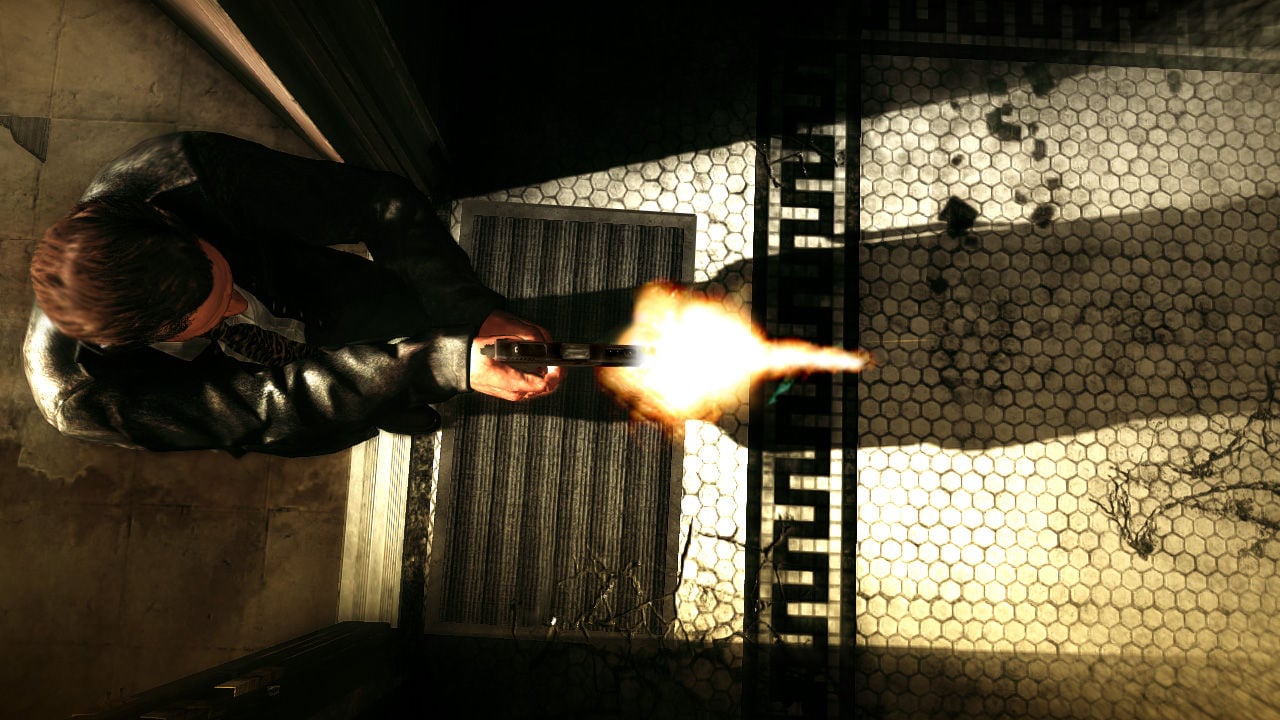
A Seamless Blend of Technology and Grit – The Game’s Visual and Technical Prowess
Let’s talk tech for a minute. Max Payne 3 may be over a decade old, but it still holds its own visually. Rockstar pulled out all the stops by upgrading its in-house RAGE (Rockstar Advanced Game Engine) and Euphoria physics system to deliver a level of detail that was way ahead of its time.
Character animations are fluid and organic—especially in combat. Max stumbles realistically, reacts to being shot, and moves with a weight that makes every step feel meaningful. Even the environments are jaw-dropping: São Paulo is brought to life with vivid detail, from luxurious penthouses to grimy favelas crawling with gang members.
And let’s not forget the audio work. James McCaffrey returns to voice Max, delivering a gravelly, emotionally broken performance that elevates the entire game. His internal monologues are cynical, poetic, and often painfully honest—a constant reminder of how deep Max has fallen.
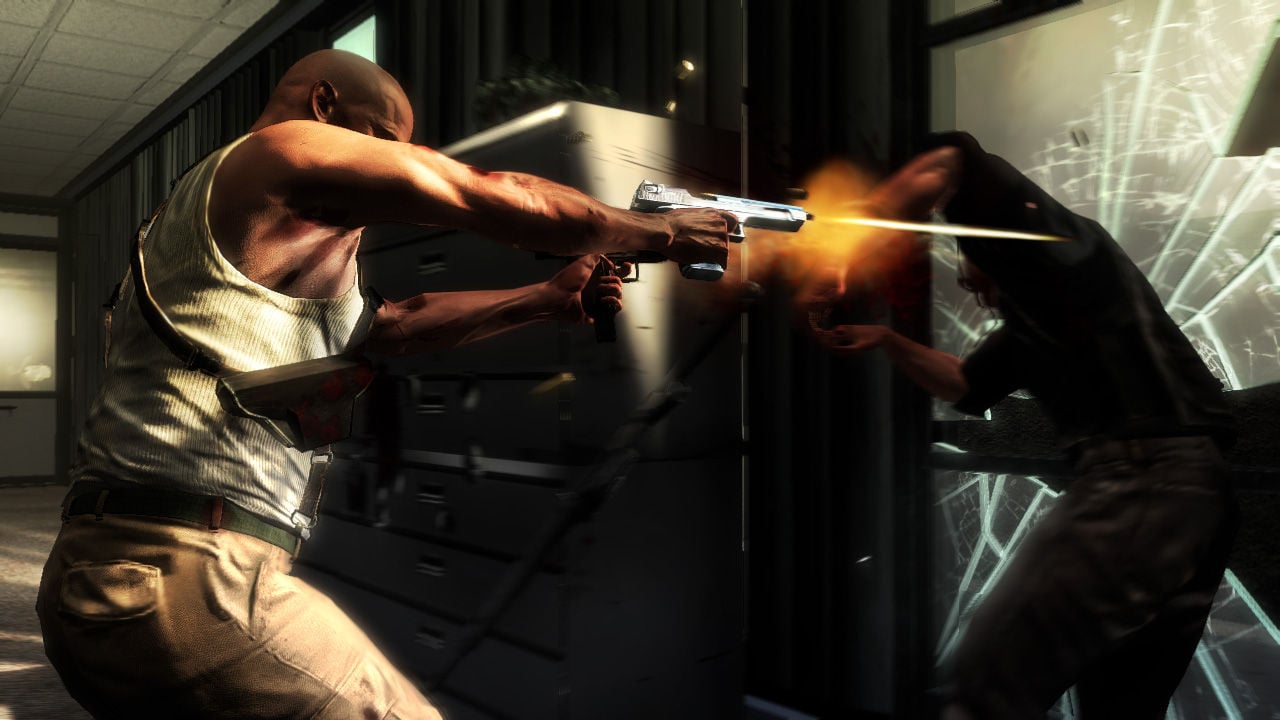
Multiplayer Mayhem: Why Max Payne 3’s Online Modes Deserve More Attention
While the single-player story gets most of the love, Max Payne 3’s multiplayer is criminally underrated. Rockstar didn’t just slap on a basic online mode—they created a surprisingly deep experience that builds on the core gameplay while offering tons of customization.
Multiplayer lets you play various modes like Team Deathmatch, Payne Killer, and Gang Wars, which adds narrative elements to traditional online gameplay. The highlight? Bullet time in multiplayer. It’s not global—it only affects players within your line of sight—making it a game-changer without being overpowered.
You can also form crews (gangs) and rack up XP together, unlocking weapons, perks, and cosmetics. Rockstar really tried to bring the gritty world of Max Payne to life in an online space—and while it never became a massive hit, it still has a cult following.
All of this is included in the Complete Edition, which bundles the base game and all DLC: Deathmatch Made in Heaven, Painful Memories Pack, Hostage Negotiation Pack, and more.

Where and How You Can Still Play Max Payne 3 in 2025
So here’s the big question—can you still play Max Payne 3 today? Absolutely.
The game is available for PC, PlayStation 3, and Xbox 360, but your best bet in 2025 is the PC version, which is widely available on platforms like Steam. It’s still compatible with modern systems, and the modding community has kept it alive with tweaks, visual enhancements, and quality-of-life improvements.
As of now, there’s no remastered version, but Rockstar has confirmed they’re working on remakes of Max Payne 1 and 2, which means a revival of interest in the series is definitely on the horizon. Playing Max Payne 3 now is the perfect way to catch up before that nostalgia wave hits.
Just be ready for a wild ride. The themes are dark, the action is relentless, and the story hits hard.
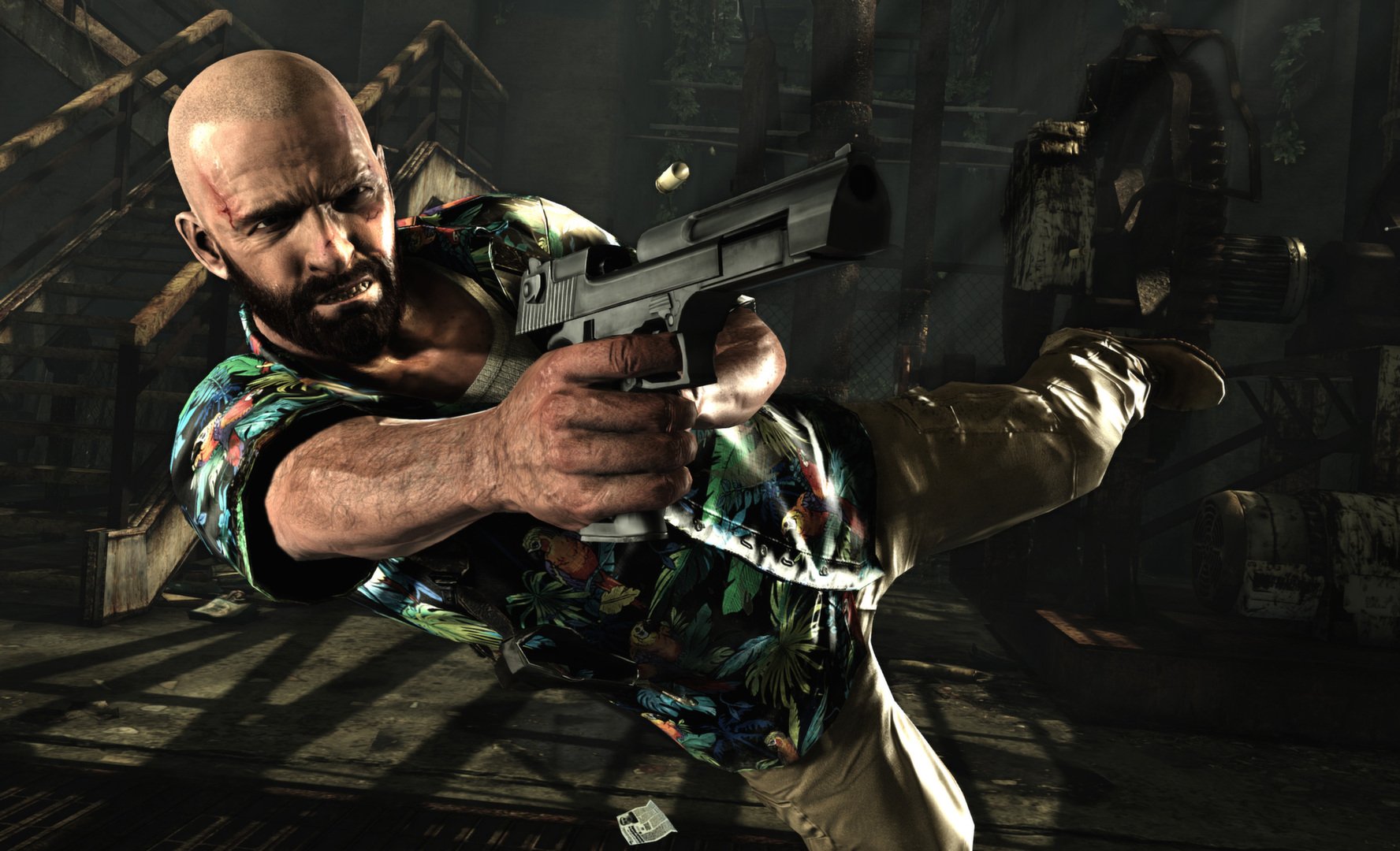
Conclusion: Why Max Payne 3 Is Still a Must-Play for Any Serious Gamer
Max Payne 3 isn’t just another action shooter collecting dust in the archives of gaming history—it’s a masterpiece of interactive storytelling, an emotional rollercoaster masked in bullet casings and bloodstained shirts. It doesn’t care about being cheerful or “fun” in the traditional sense. Instead, it grips you with raw honesty, a tragic protagonist, and a world that feels as broken as the man you control.
Rockstar Games took a massive risk with Max Payne 3. They changed the setting, revamped the tone, and pushed the technical boundaries for the time. And you know what? It worked. The result is one of the most emotionally intense, narratively rich, and mechanically polished shooters ever made.
Even today, over a decade after its release, Max Payne 3 holds its own—and not just as a nostalgia trip. Its themes of regret, vengeance, addiction, and redemption hit just as hard now as they did in 2012. It’s a game that respects your intelligence, challenges your reflexes, and asks you to connect with a character who is flawed, damaged, and painfully human.
From its revolutionary use of bullet time and realistic physics, to the gritty visuals and unforgettable voice performance by James McCaffrey, Max Payne 3 continues to offer a complete package for anyone craving substance alongside style. And with rumors of Max Payne 1 and 2 remakes on the horizon, now is the perfect time to revisit—or experience for the first time—this dark and beautiful entry in the series.
So, if you’re a gamer who craves more than just a high body count—if you want a story that grabs you by the throat, gameplay that keeps you on your toes, and an atmosphere thick enough to cut with a knife—Max Payne 3 should be at the top of your must-play list.
In a world full of disposable shooters and cookie-cutter protagonists, Max Payne 3 stands out as a game with a soul. And that, more than anything else, is why it still matters.
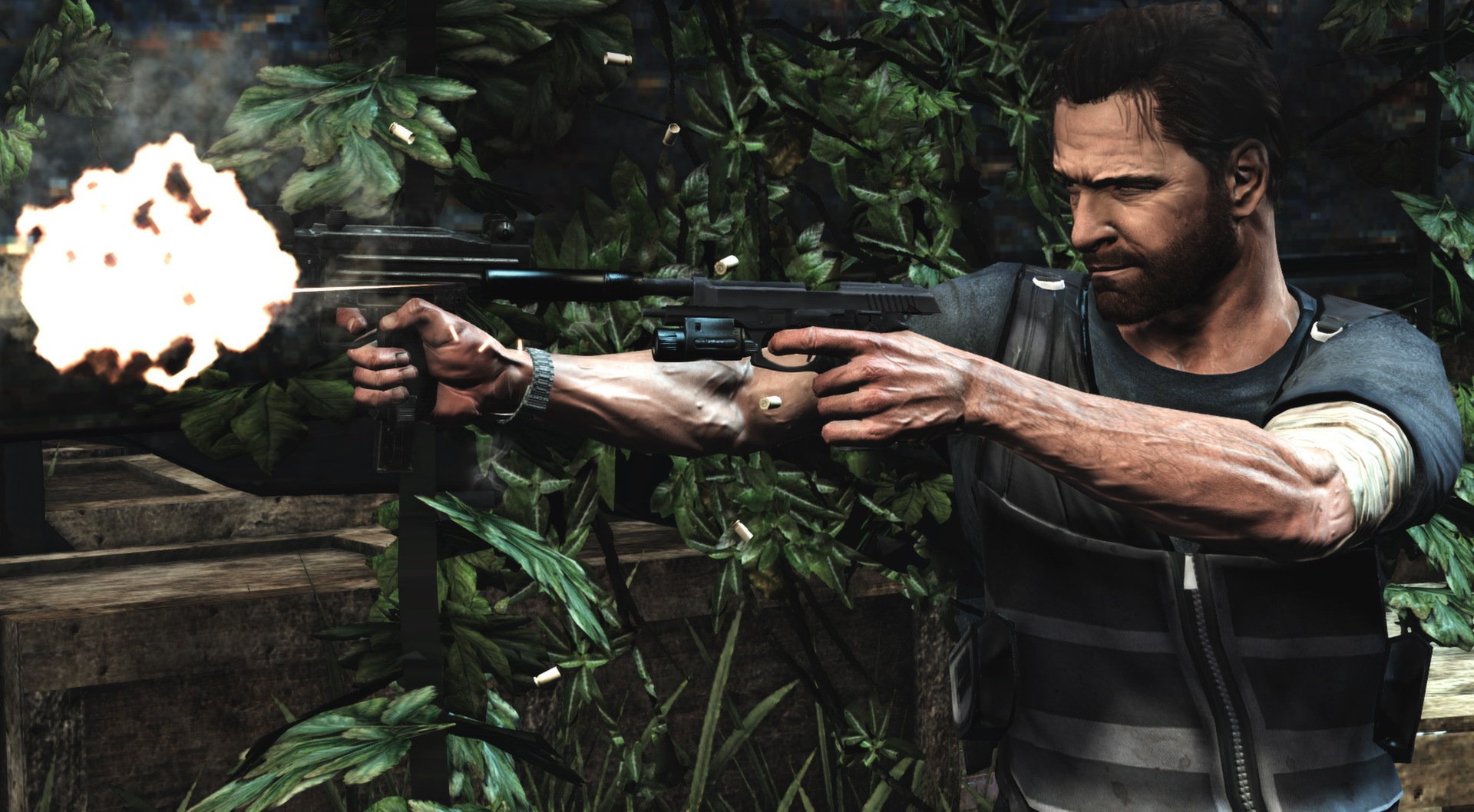
FAQs about Max Payne 3
- Is Max Payne 3 still worth playing in 2025?
Absolutely. Despite its age, Max Payne 3 still delivers top-tier gameplay, a gripping story, and solid visuals that hold up remarkably well. - Can you play Max Payne 3 on modern PCs?
Yes, the PC version is available on Steam and works well on modern systems. You may need to tweak some settings or use community patches for the best experience. - Is there a remastered version of Max Payne 3?
Not yet. However, Rockstar has announced remakes of Max Payne 1 and 2, so a Max Payne 3 remaster could follow if interest remains strong. - How long does it take to beat Max Payne 3?
The main story takes around 10–12 hours to complete. If you explore everything and try multiplayer, expect closer to 20–25 hours of gameplay. - What makes Max Payne 3 different from other shooters?
Its blend of cinematic storytelling, bullet-time mechanics, emotional depth, and raw, gritty realism makes it stand apart from typical third-person shooters.